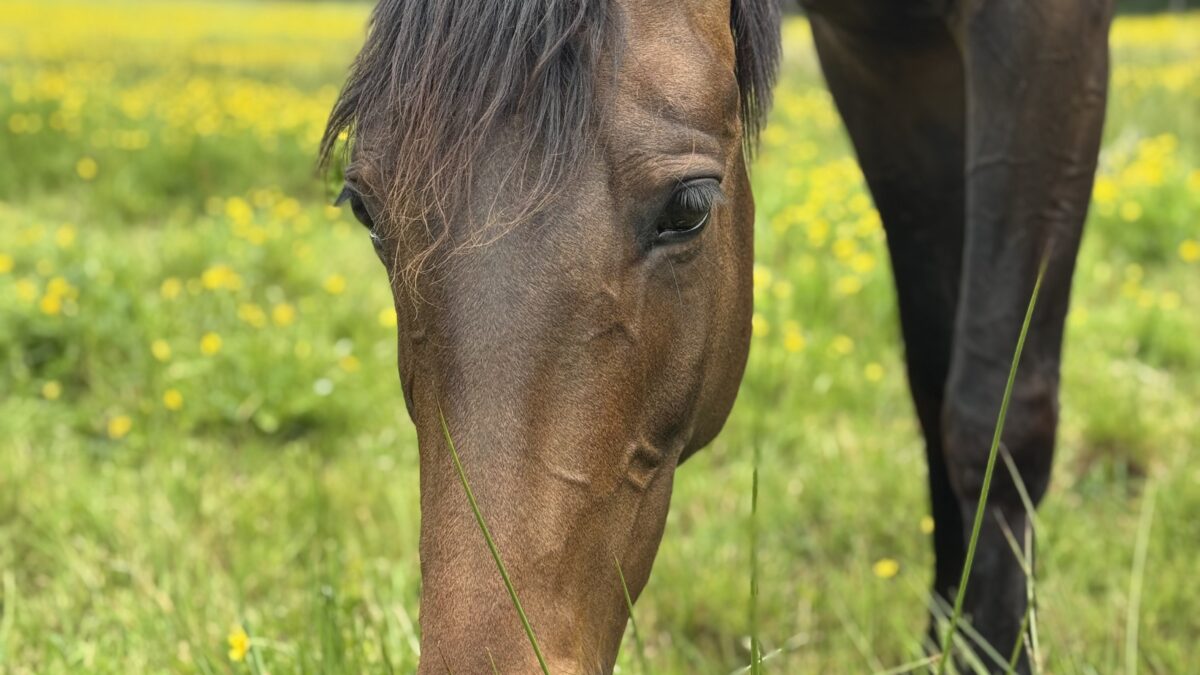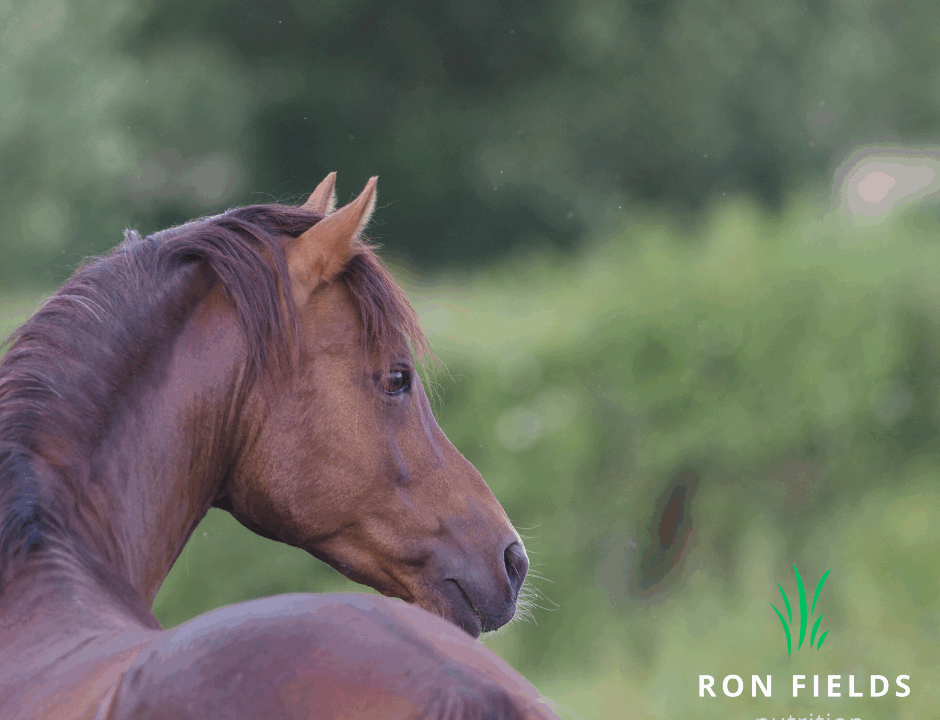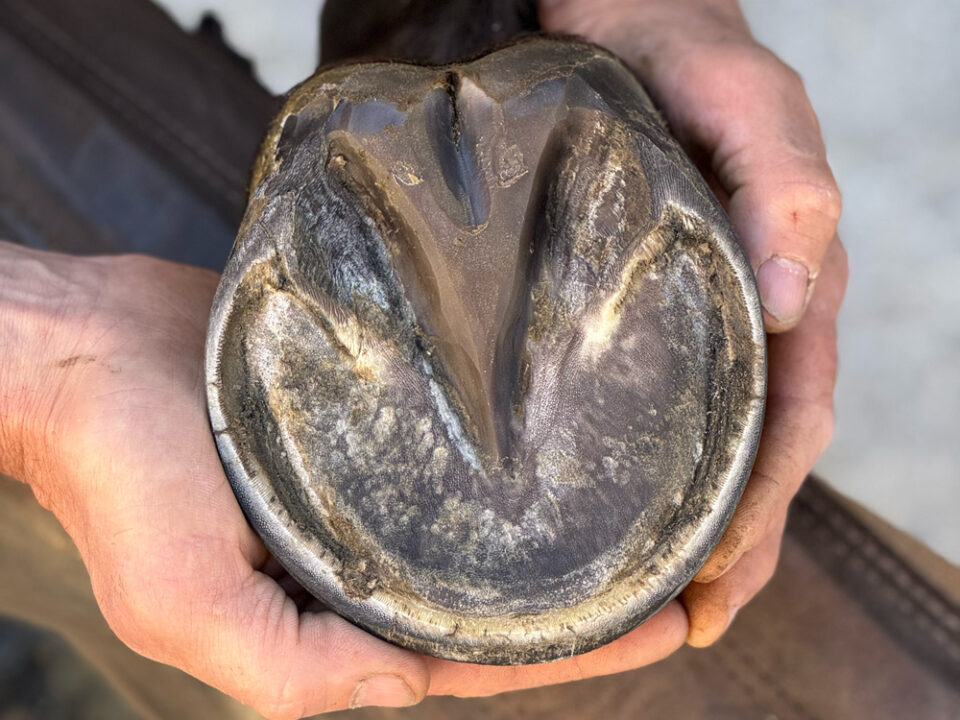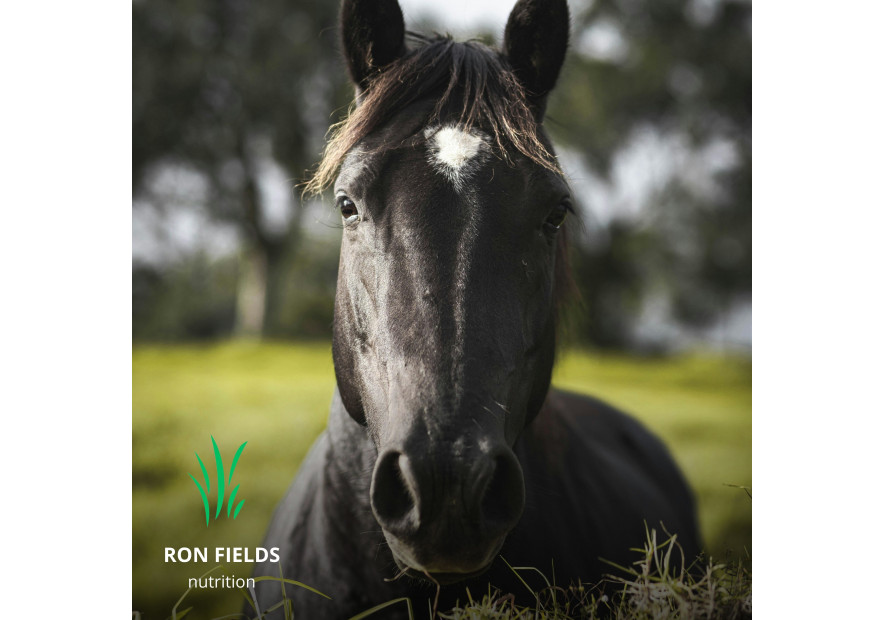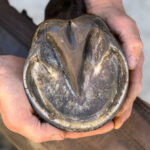
Healthy forks are essential for healthy hooves.
April 30, 2025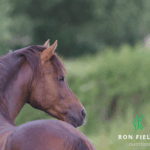
The liver: location and function
July 18, 2025The caecum and large intestine are known as the hindgut. This area is populated by a diverse range of microorganisms, including fungi, yeast, parasites, protozoa, archaea, viruses and bacteria. The hindgut acts as a fermenter, using these microorganisms to digest fibrous plant material.
To stay healthy, the hindgut requires a constant supply of low-starch roughage for fermentation, such as hay, pasture and feed. Roughage should always be available to horses all year round.
Problems can occur if the pasture is high in sugars and starch. In spring, pasture lacks fibre and is high in water-soluble carbohydrates, including simple sugars and fructans, as well as starch. Simple sugars and starches are digested in the small intestine. However, if large volumes of starch are consumed, some will pass undigested into the hindgut.
Fructans cannot be digested in the small intestine and, together with any undigested starch, they are rapidly fermented in the hindgut. This produces lactic acid, which lowers the pH and makes the hindgut acidic, resulting in hindgut acidosis. This acidity can cause inflammation and ulceration of the gut wall. It also alters the microbiome, killing off beneficial bacteria and increasing levels of harmful bacteria.
The destruction of beneficial bacteria produces toxins that, when released into the bloodstream and lymphatic systems, prevent these systems from functioning properly and contribute to laminitis, skin disorders, liver problems, colic, and other illnesses.
Gut Restart is specifically designed to improve digestive function through detoxification. It is also useful for horses that pasture in sandy areas and are at risk of ingesting sand, which can cause blockages in the gut and possibly lead to colic.

